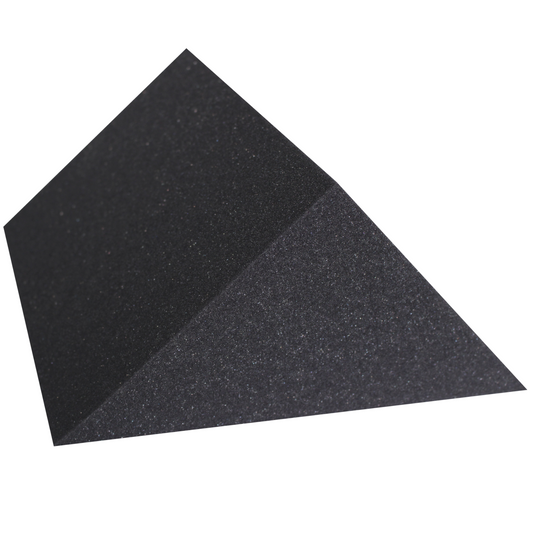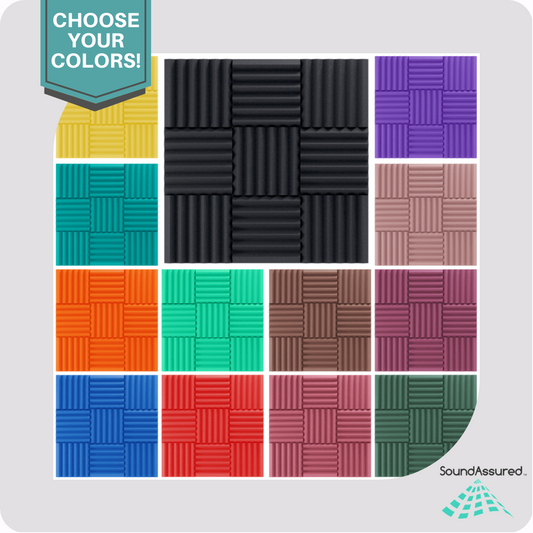Are Guitar Cables Balanced Or Unbalanced ?
Share
A common question we get is, "Are guitar cables balanced or unbalanced?" The short answer is guitar cables are unbalanced but dig in a little deeper to understand some basic principles in order to grasp what this truly means.
Unbalanced / TS / Mono Cables
Quarter inch guitar cables are unbalanced cables that are mono. Inside, the cables have one wire plus a shield. The wire is connected to the tip while the shield is connected to the sleeve of the plug. This is where we get the shorthand "TS" or tip and sleeve. The signal is sent through the wire while the shield is used for a ground and to help minimize the noise.
Balanced / TRS / Stereo Cables
Balanced quarter inch cables have a different tip. Rather than the TS tip, they have what is called a "TRS" (Tip Ring Sleeve) tip. Inside these cables there are two wires and a shield. One wire connects to the tip, the other to the ring and the shield to the sleeve.
TRS cords are great for carrying stereo signals with a right and left. They are also good for connecting pieces of audio, like the mixer, to the recorder for example. Another benefit is they can be longer in length than unbalanced cords without creating noise. The maximum length of a TS unbalanced cable should be around 25 ft but TRS cables can be longer.
You can use a speaker cord (TRS) for your electric guitar but you may end up with some unwanted noise coming out of your amp, which nobody really wants.
As you can see there is a big difference between unbalanced and balanced quarter inch cables. Below is a diagram showing the difference in tips. The TS plugs are our guitar cables and the TRS plugs are our 3.5mm aux cables. The concept of the 3.5 mm tip is the same as a quarter inch.
Buy 1/4 inch balanced TRS cables on Amazon!
CONTACT US with any questions at all!
SHOP our store!






11 comments
Hi Shmuel, thanks so much for the additional insight on TRS and TS cables. You rock!
Excellent explanation!
Only a small correction if possible, the tip in both types of cables (TS and TRS) is exactly the same.
The difference between the two types of cables is actually in the shield. In TRS the shield is divided into two sleeves: Inner sleeve and Outer sleeve. The TS however contains only one single sleeve and use for mono-channel only.
The splitting of the shield into two sleeves allows two modes:
1) Stereo connection – that is, the use of two channels on one cable.
Or alternatively – 2) Noise reduction – i.e. using a single channel cable but with better noise reduction than the TS cable, thanks to the wider shielding that reduces the magnetic inductance generated at the core of the cable. And as you rightly pointed out – this allows transmission of electrical signals over a longer range without damaging the original electrical signal.
Hi Larry, audio feedback can come from bad connections, radio interference, improper placement of hardware, or other factors.
Where does this unwanted noise originate from when using a TRS as a guitar cable?
I think part of the equation is left out, which is the input to the amp and the guitar pickup wiring. If the guitar pickup wiring grounds the shield of the cable somehow to the body of the guitar an not the pickups or lets it float and the input to the amp can handle a balanced signal with true differential circuitry and grounds the shield, I would think you could get a less noisy signal. On the other hand, probably the pickups themselves are the dominant antennas for noise/hum and that’s why unbalanced design is typical. But I think basically if the amp inputs aren’t true differential design, then no point in ever using balanced cabling.